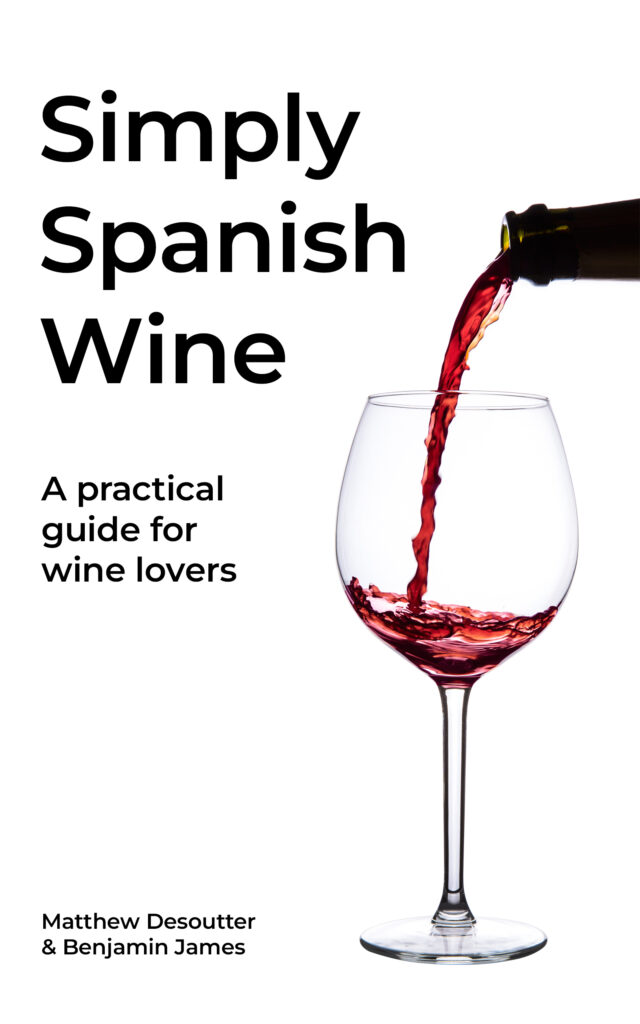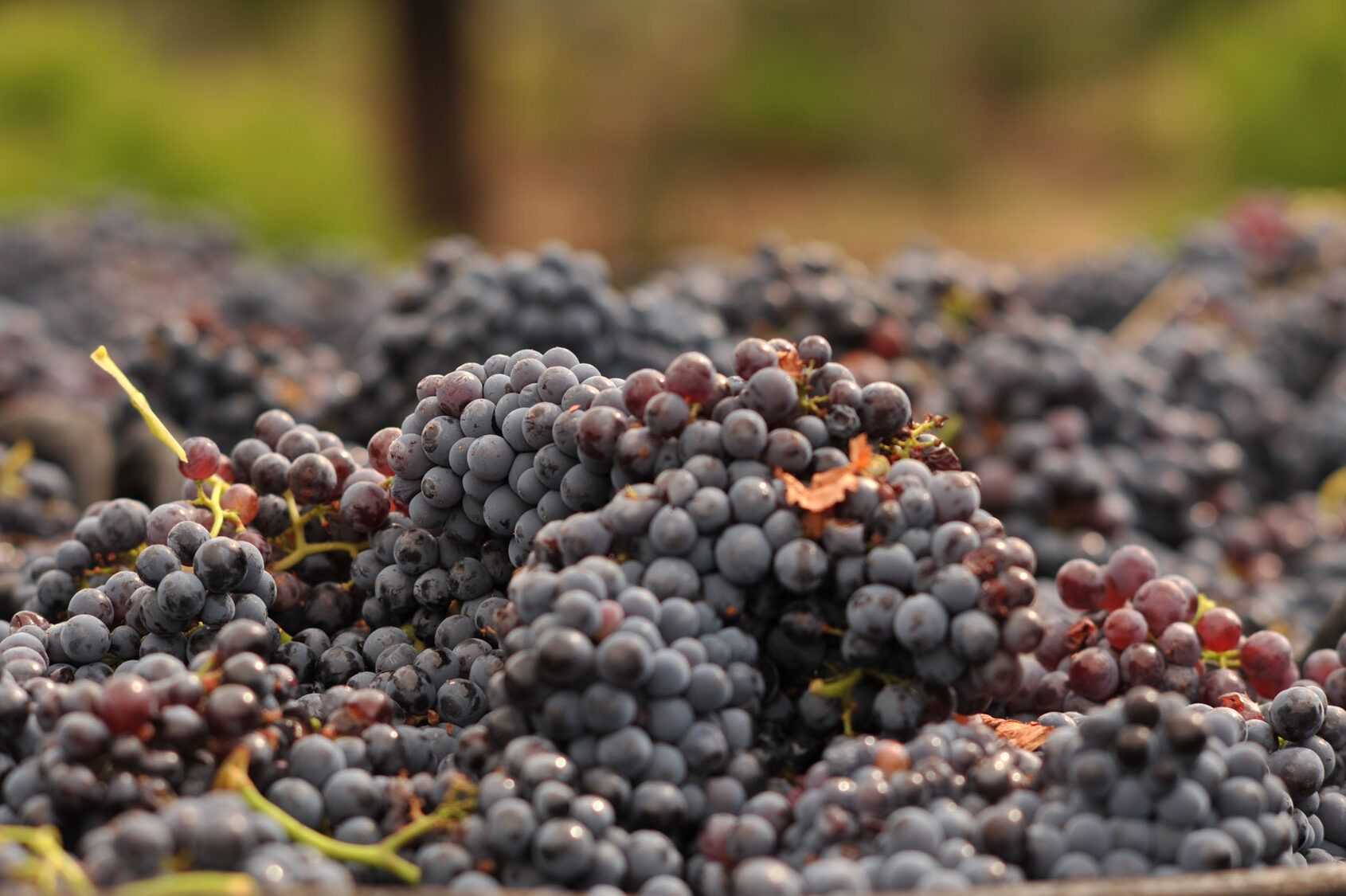- Mostly found in: Valencia, Alicante, Jumilla, Bullas, and Yecla.
- Profile: full-bodied, mature black fruit, aromatic herbs, liquorice, and spice.
- Food pairing: red meat, roast lamb, cured meat, stews, cheese.
Monastrell is a native grape of Spain, but this warm-climate variety is known by various different names in other countries: Mourvèdre, for example, in France, or Mataro in parts of the New World like California or Australia.
You’ll find Monastrell vines planted throughout the Levante region as well as parts of La Mancha, but it’s at its best in the south-east corner of the Iberian Peninsula in the province of Murcia, where Monastrell accounts for 80% of the total vines planted. Wine drinkers will find great examples of Murcian Monastrell from the DOs of Jumilla, Bullas and Yecla, as well as from neighbouring DOs like Vinos de Alicante and Valencia, or further inland towards Albacete from DO Almansa. That said, it’s also grown and bottled further afield in Castilla-La Mancha and even parts of Catalunya.
Monastrell is one of Spain’s best-loved red grapes, and it has long had an important role in the winemaking culture of the south-east, especially the Levante region.
For wine-lovers familiar with GSM blends (Garnacha, Syrah and Mourvèdre) from the southern Rhone or Australia, the Monastrell-based wines from Levante are an opportunity to discover yet another of the variety’s different flavour profiles. Monastrell has a similar profile to Syrah: full-bodied, rich, dark red in colour and laden with black fruit and spice.
Monastrell is ideally suited to the climate of southern Spain. It is very drought resistant and manages to produce surprisingly expressive wines from quite nutrient-poor soils. The hot, dry climate also keeps certain grapevine diseases at bay, cutting down on the need for more chemical-based treatments and making it easier for growers to make wines that are certified organic.
Another local advantage is the number of ungrafted, or pie franco vines. The grafting of vines began in response to the dreaded phylloxera disease which swept through European vineyards in the mid-eighteenth century. Growers realised that American vines were more resistant to the disease than European varieties and began grafting European vine cuttings onto American rootstock. Nowadays, when you see the term pie franco on a bottle of Spanish wine, it means that the grapes come from ungrafted, usually quite old rootstock which is considered to be largely resistant, though not impervious to phylloxera. Grape yields from pie franco vines are usually quite low, which tends to make for more concentrated, complex wines.
A few years back, Monastrell wines were famed for being very full-bodied wines loaded with tannins. These days, more and more producers are setting out to make subtler, more delicately flavoured wines with generous fruit: more aromatic, balanced wines that are easy to drink and long on the palate to maximise enjoyment.
Pick up a glass of Monastrell, and you can expect delicious aromas of mature black fruit, aromatic herbs, perhaps some liquorice and more spicy notes which will remind you of pepper. If the wine is young, you can expect a more floral profile with lots of fresh fruit, while in older, more aged versions the fruit will tend to take on more jammy characteristics and develop more leathery, meatier aromas combined with nicely polished tannins.

This article is taken from our book Simply Spanish Wine: A Practical Guide for Wine Lovers. If you enjoy reading the article, please consider buying the book on Amazon. It’s available in the US, UK, Spain and other regions.

